An in-depth analysis of the unprecedented conflict that has drawn the United States into direct military action against Iran’s nuclear program
The world woke up on June 23, 2025, to the stark reality of a new Middle Eastern war that threatens to reshape global geopolitics. What began as targeted Israeli strikes against Iran’s nuclear facilities has escalated into a multi-front conflict involving direct U.S. military intervention, marking the most dangerous regional confrontation in decades.

The Current Situation: A War in Real Time
As of today, June 23, 2025, the conflict has entered its 11th day with no signs of de-escalation. Iran continues to launch ballistic missile barrages against Israeli cities, while Israel maintains its aerial campaign against Iranian military and nuclear infrastructure. Most significantly, the United States has now directly entered the conflict with devastating strikes against three key Iranian nuclear facilities.

The latest developments paint a picture of rapidly escalating warfare:
- Iran launched fresh missile barrages targeting Israeli cities including Tel Aviv and Jerusalem early this morning
- Israel struck “the heart of Tehran” according to Defense Minister Israel Katz, hitting military installations and government buildings
- U.S. forces used B-2 bombers carrying 30,000-pound bunker-buster bombs against Iran’s most protected nuclear sites
- Over 40,000 U.S. troops are now positioned across the Middle East in preparation for potential Iranian retaliation
Al Jazeera reports that Iranian Supreme Leader Ali Khamenei has promised to “punish the Zionist enemy,” while President Trump has ominously hinted at possible regime change in Tehran.
How This War Started: A Timeline of Escalation
The current crisis didn’t emerge overnight but represents the culmination of decades of tensions that reached a boiling point in June 2025.
The Immediate Trigger – June 13, 2025
The war began when Israel launched preemptive strikes against Iran’s nuclear facilities after intelligence suggested Tehran was accelerating its uranium enrichment program toward weapons-grade levels. According to CNN’s analysis, Israel assessed that Iran possessed 2,500 ballistic missiles at the conflict’s onset and was potentially weeks away from nuclear breakout capability.

Iran’s Massive Retaliation
Iran responded with unprecedented force, launching over 450 missiles and 1,000 drones at Israeli targets according to Israeli military estimates. The scale of retaliation caught many analysts by surprise, demonstrating Iran’s substantial missile arsenal despite years of sanctions and targeted assassinations.
America’s Entry – June 22, 2025
The conflict’s most dangerous escalation came when President Trump authorized direct U.S. military strikes against three Iranian nuclear facilities:
- Fordow Enrichment Plant – Deep underground facility targeted with multiple bunker-buster bombs
- Natanz Nuclear Complex – Iran’s primary uranium enrichment site
- Isfahan Nuclear Technology Center – Key facility for nuclear fuel production
The New York Times reports that Pentagon officials described the operation as “tightly choreographed,” involving B-2 bombers and submarine-launched Tomahawk cruise missiles hitting all three sites within 30 minutes.
The Nuclear Dimension: What’s Really at Stake

The conflict’s nuclear dimensions make it uniquely dangerous. Iran had accumulated approximately 400 kilograms of uranium enriched to 60% purity – just below the 90% needed for weapons-grade material. International Atomic Energy Agency Director Rafael Grossi confirmed that this stockpile’s current whereabouts remain unknown following the U.S. strikes.
The Fordow Factor
The Fordow facility, buried 260-360 feet underground in a mountain, represents Iran’s most protected nuclear asset. While U.S. officials claim “severe damage,” satellite imagery suggests the facility wasn’t completely destroyed. This uncertainty has major implications for Iran’s nuclear timeline and potential for rapid reconstitution of its program.
According to Foreign Affairs analysis, even successful destruction of nuclear facilities may not eliminate Iran’s nuclear capabilities long-term, as the country retains the scientific knowledge and could rebuild within years while potentially accelerating toward weaponization.
Why This War Matters Globally
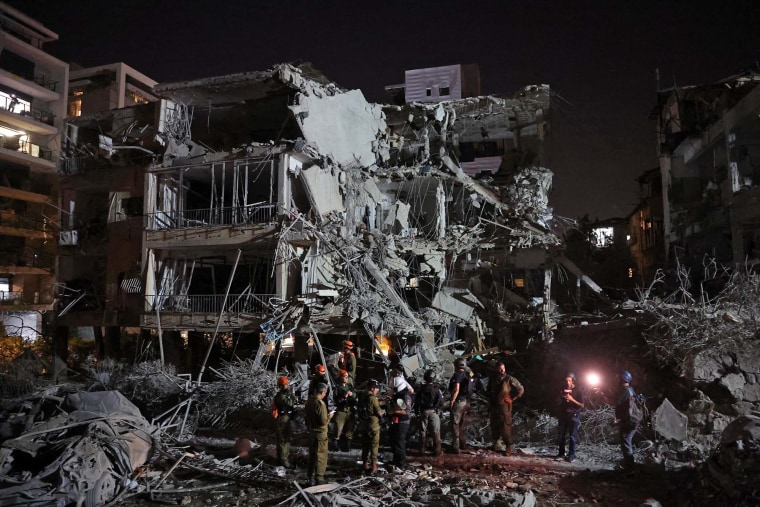
Energy Security Crisis
The conflict threatens global energy supplies through multiple vectors:
- Strait of Hormuz: 20% of world oil production flows through this narrow passage that Iran could potentially mine or blockade
- Regional Production: Major oil producers including Saudi Arabia and UAE face potential Iranian retaliation
- Price Volatility: Oil futures have surged 10% since the U.S. strikes, with analysts predicting $80+ per barrel if escalation continues
Nuclear Proliferation Risks
The attacks on nuclear facilities set dangerous precedents for international law and non-proliferation norms. The International Atomic Energy Agency has condemned the strikes, noting that “nuclear facilities must never be attacked regardless of context or circumstances.”
Alliance System Stress
The conflict is testing U.S. alliances globally:
- European Allies: Many have expressed concern about unilateral U.S. action
- Arab Partners: Gulf states fear Iranian retaliation against their territory
- Asian Allies: Countries like Japan and South Korea worry about energy supply disruptions
The Human Cost: Civilians in the Crossfire
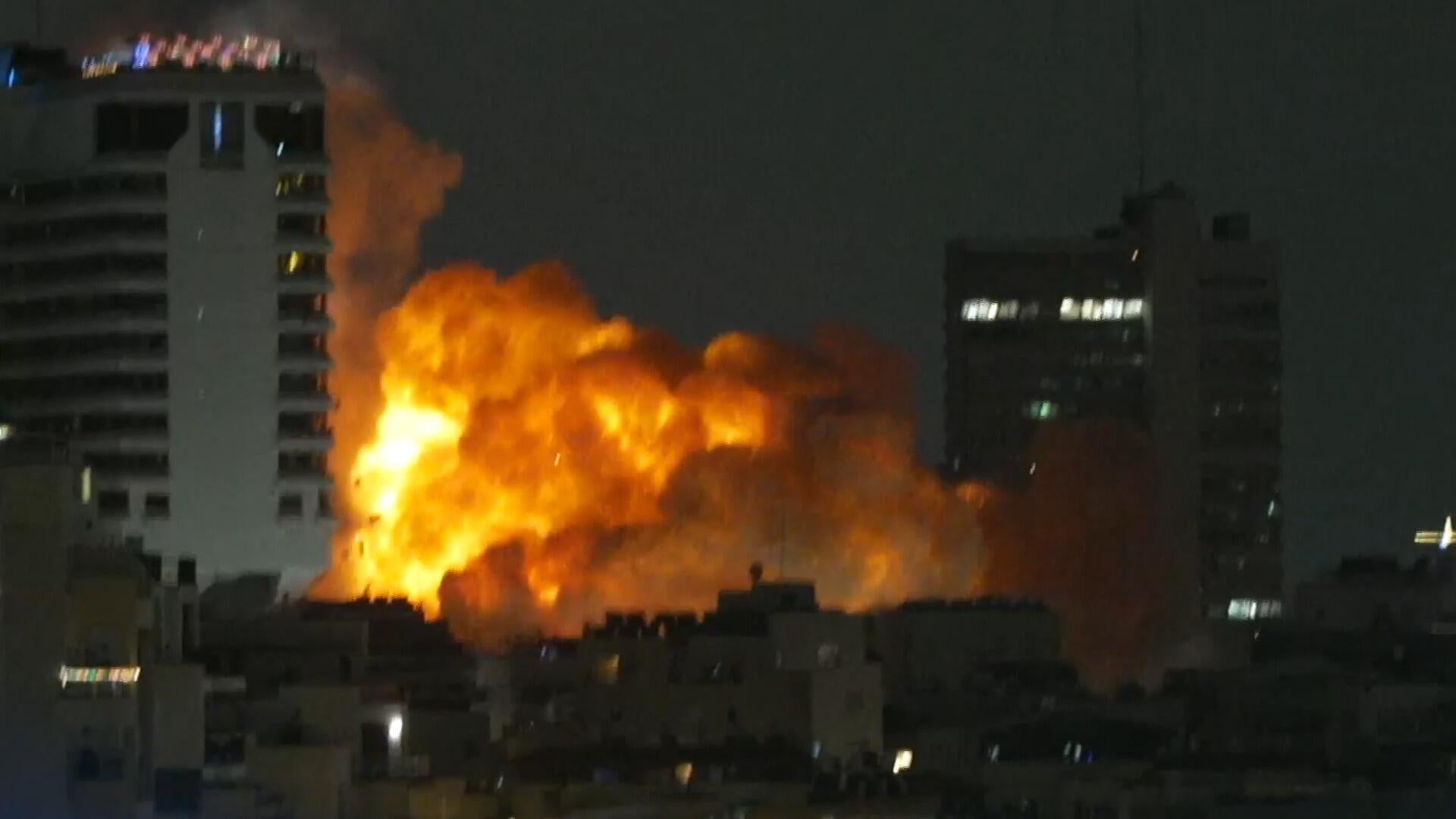
The war’s human toll continues mounting daily. Iranian state media reports over 950 Iranian casualties from Israeli strikes, while at least 24 Israelis have died from missile attacks. Civilian infrastructure on both sides has suffered significant damage, with power outages affecting thousands.
In Gaza, Palestinians fear the broader conflict will further diminish international attention to their ongoing humanitarian crisis. More than 1,700 Indian nationals have been evacuated from Iran as foreign governments rush to protect their citizens.
Trump’s Gamble: Regime Change on the Table?
President Trump’s approach represents a dramatic escalation from previous U.S. Middle East policies. His social media hints about regime change in Iran echo dangerous precedents from Iraq and Libya, raising fears of another costly American military adventure.

Trump’s calculus appears based on several factors:
- Intelligence suggesting Iran was weeks from nuclear breakout
- Belief that Iran’s proxy network has been sufficiently weakened
- Confidence that limited strikes could achieve strategic objectives
- Pressure from Israeli Prime Minister Netanyahu for U.S. support
However, critics argue this approach ignores lessons from past military interventions and risks drawing America into an open-ended Middle Eastern conflict with unclear objectives and exit strategies.
Iran’s Options: Between Survival and Escalation
Iranian leadership faces difficult choices as the conflict intensifies. Military commanders have issued increasingly belligerent statements, with Armed Forces Chief of Staff Abdolrahim Mousavi declaring Iran will “never back down” against American forces.

Potential Iranian Responses
- Attack U.S. Bases: Over 40,000 American personnel in the region represent tempting targets
- Close Strait of Hormuz: Mining the waterway could trigger global economic crisis
- Activate Remaining Proxies: Iraq, Yemen, and Syrian militias could launch asymmetric attacks
- Nuclear Acceleration: Withdraw from Non-Proliferation Treaty and race toward weapons capability
- Terrorism Abroad: Target Israeli and American interests globally through covert operations
Each option carries enormous risks for the Iranian regime, potentially triggering even more devastating retaliation while offering uncertain strategic benefits.
The International Response: Divided and Concerned
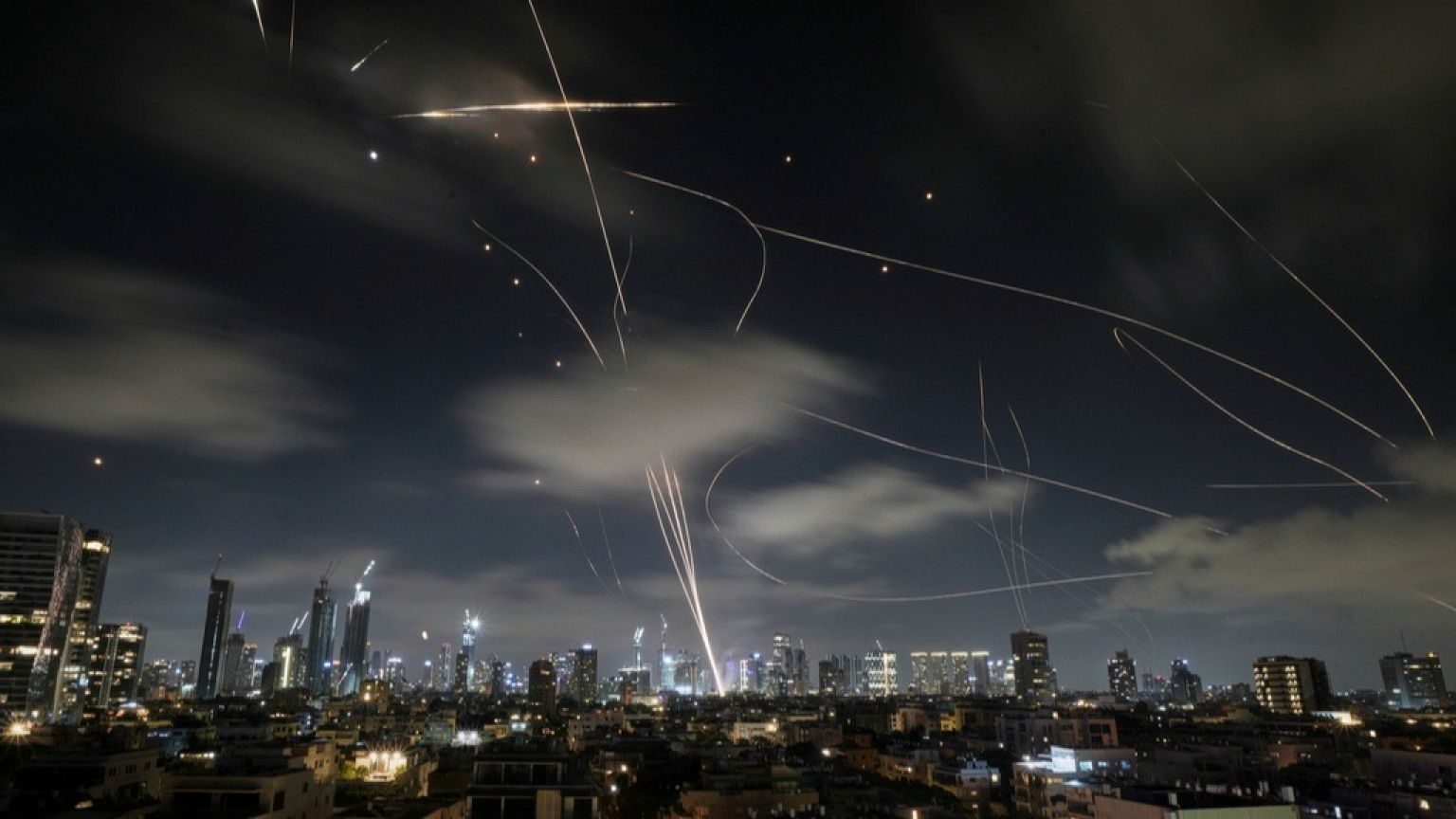
World powers have responded with a mixture of concern, condemnation, and careful positioning:
European Union
Foreign ministers meeting in Brussels have called for immediate de-escalation while expressing alarm about unauthorized military action. Spain has announced plans to suspend cooperation agreements with Israel and impose weapons embargos.
China and Russia
Both powers have condemned U.S. strikes while positioning themselves as responsible mediators. China particularly fears disruption to its Iranian oil imports, while Russia sees opportunity to demonstrate leadership while America is distracted from Ukraine.
Regional Powers
Arab states find themselves in difficult positions, privately welcoming pressure on Iran while publicly calling for restraint to avoid becoming targets themselves.
Economic Shockwaves: Markets in Turmoil
Global markets have reacted nervously to the escalating conflict:
- Asian markets fell 1-2% as trading opened Monday
- Oil prices surged over 10% on supply disruption fears
- Gold prices climbed as investors sought safe-haven assets
- Currency volatility increased particularly affecting Middle Eastern economies
The International Monetary Fund warns of “secondary and tertiary impacts” that could trigger global recession if the conflict spreads further or disrupts energy supplies substantially.
What Happens Next: Four Scenarios
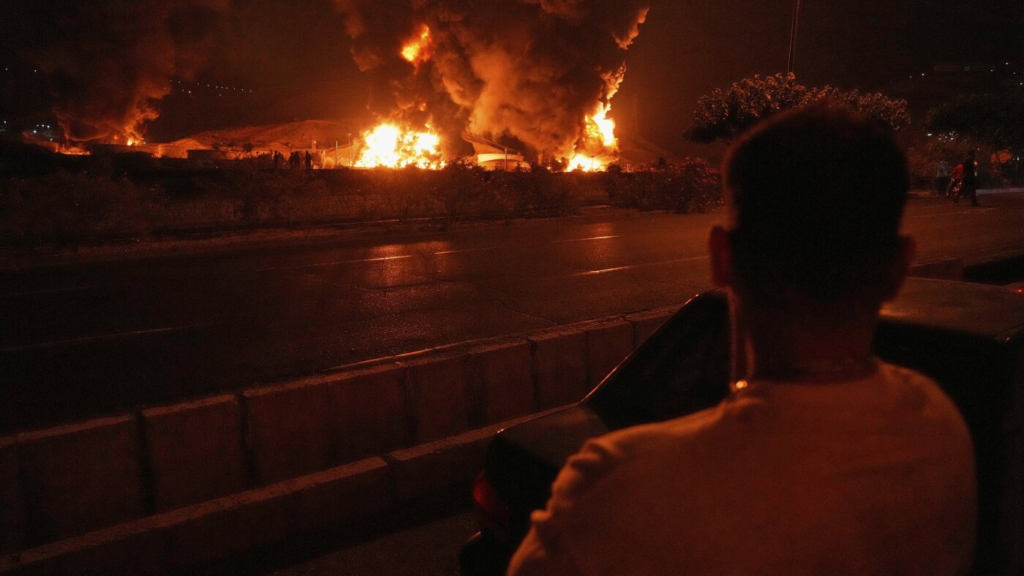
Scenario 1: Limited De-escalation
Diplomatic pressure and economic costs force both sides to accept informal ceasefire while maintaining maximum deterrent postures. Requires Iranian restraint and Israeli acceptance of incomplete nuclear destruction.
Scenario 2: Proxy War Expansion
Iran activates remaining regional allies while avoiding direct confrontation with U.S. forces. Could create years-long low-intensity conflict across multiple theaters.
Scenario 3: Full Regional War
Iranian retaliation against U.S. bases triggers massive American response, potentially involving ground forces and regime change operations. Would likely devastate regional economies and trigger global crisis.
Scenario 4: Nuclear Breakout
Iran withdraws from international agreements and accelerates toward nuclear weapons, potentially triggering preemptive strikes from Israel/U.S. or regional nuclear arms race.
Historical Parallels and Lessons Ignored
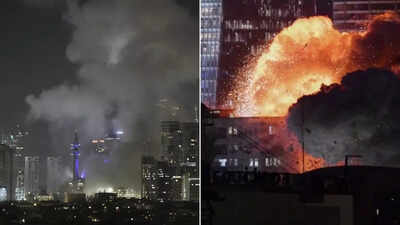
The current crisis echoes dangerous precedents from recent Middle Eastern conflicts:
- Iraq 2003: Regime change based on WMD concerns led to decades of instability
- Libya 2011: NATO intervention created failed state and refugee crisis
- Syria 2011: Civil war drew in multiple powers and created humanitarian disaster
Experts warn that military solutions to complex political problems rarely achieve lasting success, while often generating unpredictable consequences that persist for decades.
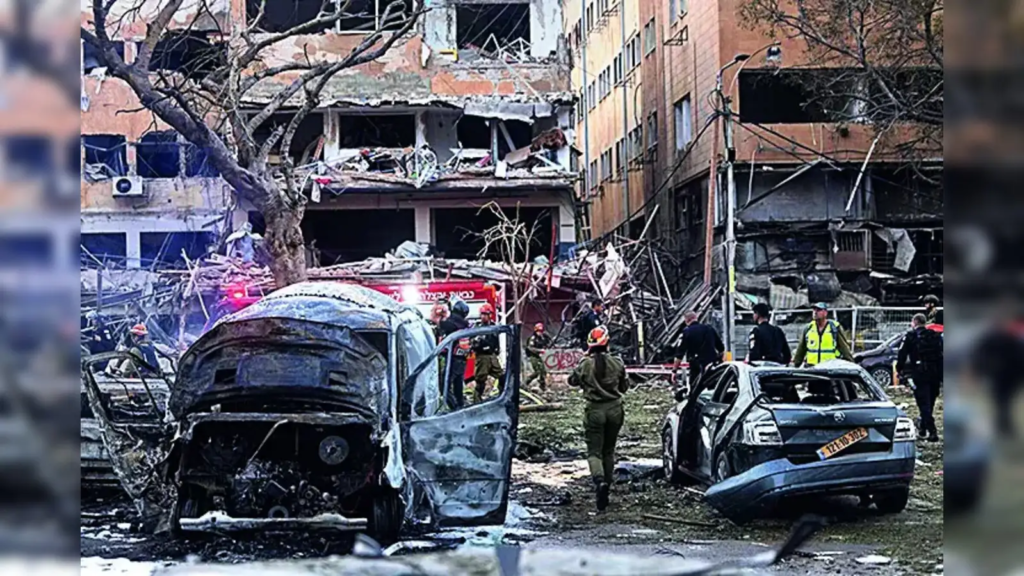
Conclusion: A Dangerous Moment for World Peace
The Israel-Iran-America conflict of 2025 represents the most dangerous Middle Eastern crisis since the 1973 Arab-Israeli War. Unlike previous regional conflicts, this war involves nuclear facilities, energy chokepoints, and direct great power confrontation – factors that could rapidly spiral beyond anyone’s control.
The coming days and weeks will test whether diplomacy can prevent catastrophic escalation or whether the world is heading toward a broader Middle Eastern war with global implications. As Iranian Foreign Minister Abbas Araghchi prepares to meet with Vladimir Putin in Moscow, and Trump considers his next moves, the international community holds its breath.
The stakes couldn’t be higher: nuclear proliferation, global energy security, regional stability, and the credibility of international law all hang in the balance. History will judge whether leaders choose the path of negotiation or allow pride and miscalculation to drag the world into an even more devastating conflict.
What began as targeted strikes against nuclear facilities has evolved into a test of the international order itself. The choices made in the coming days may determine whether this crisis marks the beginning of a new era of Middle Eastern stability or the opening chapter of a much larger global confrontation.
This analysis is based on the latest available information as of June 23, 2025. The situation remains fluid and developments are occurring rapidly across multiple theaters.
Sources: Al Jazeera, CNN, New York Times, Foreign Affairs, Atlantic Council, NPR, BBC, Washington Post, Guardian, and other major international news organizations.


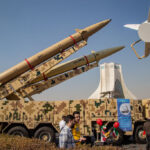
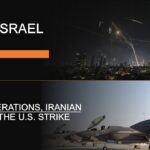
Just tried Sprunki Incredibox and loved the fresh beats and quirky visuals-it’s like a musical playground with a new twist! Check out the fun at Sprunki Game!
Roulette’s allure is fascinating – the math and the risk! Seeing platforms like ArionPlay Club cater to the Philippines market with easy access – check out arionplay download free android – shows they’re thinking about user experience, like quick deposits via GCash. Interesting stuff!
Interesting article! It’s smart to approach slots cautiously – chasing losses is a quick path to frustration. Considering a platform like VIPPH, and checking out a vipph app download apk could be a good starting point for responsible fun, with their focus on a secure experience.
Really interesting read! It’s great to see platforms catering specifically to the Philippine market. Thinking of trying online casinos? Check out ph978 casino casino – seems legit & easy to use, especially with their app! 👍
Smart bankroll management is key, especially with so many options now! Seeing platforms like arionplay link focus on secure KYC is a good sign – essential for peace of mind when gaming online. Always play responsibly!